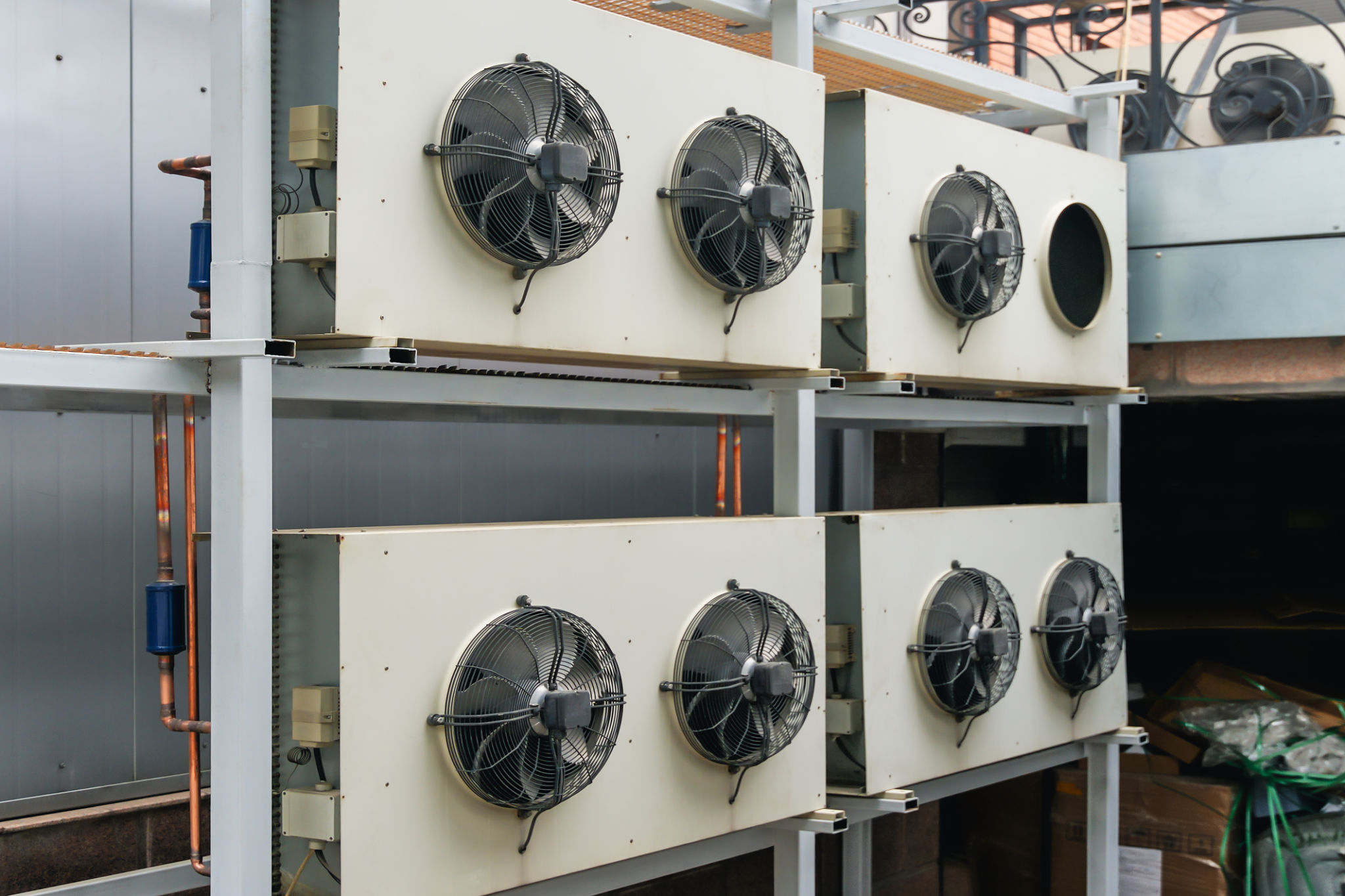Comprehensive Guide to Walk-In Freezer Repair: What Every Restaurant Owner Should Know
Understanding the Basics of Walk-In Freezers
Walk-in freezers are essential for restaurant operations, ensuring that food stays fresh and inventory is well-preserved. These large cold storage units operate at low temperatures, typically between -10°F and 0°F. Understanding their basic components can help in maintaining them and identifying when repairs are necessary.
The main components of a walk-in freezer include the compressor, evaporator, and condenser. Each of these parts plays a critical role in the freezer's operation. Regular maintenance and immediate attention to any issues can extend the life of your freezer and prevent costly repairs.

Common Issues and How to Identify Them
Walk-in freezers can experience a range of issues, from temperature fluctuations to complete system failures. Recognizing the signs early can prevent further damage. Common problems include ice build-up, unusual noises, and inconsistent temperatures.
If you notice ice accumulating inside the freezer, it could indicate a problem with the door seal or the defrost system. Unusual noises often point to issues with the compressor or fan motor. Regularly monitoring the temperature can help identify fluctuations that may signal a problem.

Temperature Fluctuations
One of the most critical issues is temperature fluctuation. If the freezer isn’t maintaining the correct temperature, it can compromise food safety. Potential causes include a malfunctioning thermostat, inadequate insulation, or issues with the refrigeration cycle.
Steps to Take Before Calling a Professional
Before calling a repair technician, there are a few troubleshooting steps you can take. First, check the power supply to ensure the freezer is getting electricity. Next, inspect the door seals for any gaps or damage. A faulty seal can allow warm air to enter, causing ice build-up and temperature issues.
Additionally, make sure the evaporator and condenser coils are clean. Dust and debris can obstruct airflow, leading to inefficiency. Regular cleaning can prevent many common issues and extend the life of your freezer.

When to Call a Professional
While some maintenance tasks can be handled internally, there are situations where professional help is necessary. If you’ve completed basic troubleshooting and the problem persists, it's time to call a technician. Issues with the compressor, refrigerant leaks, or electrical problems should only be handled by professionals.
Preventive Maintenance Tips
Preventive maintenance is crucial for keeping your walk-in freezer running smoothly. Regularly schedule professional inspections at least twice a year to catch potential issues before they become serious. During these inspections, technicians can check refrigerant levels, clean coils, and evaluate the overall condition of the unit.
In addition to professional maintenance, train your staff to perform basic checks and cleaning. Ensure they understand the importance of keeping door seals clean and monitoring temperature settings regularly.

Conclusion
Maintaining a walk-in freezer is vital for the successful operation of any restaurant. By understanding the common issues and performing routine maintenance checks, you can prevent major repairs and ensure your freezer operates efficiently. Remember, when in doubt, it’s always best to consult with a professional to avoid further complications.